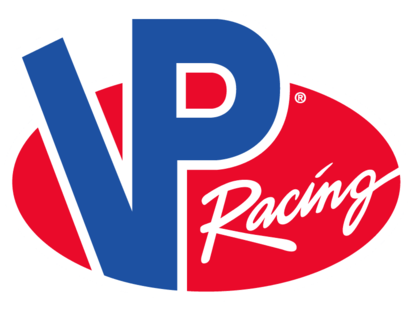Ah! A necro-thread, back from the dead! I didn't see this one last year, and it's unfortunate there's so much misinformation in the year-old discussion. But we'll rise above that for the moment...
Sean - TheFirePilot said:
GAMI is the way to go. Completely mixable
STEVENTUCKER said:
Isn't 100R also fully mixable?
Swift has said that it is, and that does seem to be one of the FAA's approval criteria, so we can probably expect that it will be. It's tough, though, to puzzle out what Swift is really doing, since there's so much conflicting information. At Oshkosh, Swift's Jon Ziulkowski, in a forum presentation, said that Swift intentionally release misinformation to confuse competitors. Hmmm. But of course, that puts them in the position of lying to potential customers too, which is probably regrettable. But I guess that's fair warning...
John Spartan said:
Jet-A is superior... better economy. Less pollution.
Of course, in aviation we care more about miles per POUND of fuel than miles per gallon... and Jet A in a diesel engine doesn't have any superiority. In fact, some of the fielded aviation diesels are less efficient, say, than a turbocharged Lycoming. Similarly, the greenhouse gas contribution is linked to weight, and hydrogen content. Jet A is slightly less hydrogen rich than gasoline, though it's probably offset by CO2 produced in the refinery where gasoline production is more CO2 intensive. If it's lead emissions, then yes, Jet A definitely has an advantage there.
Pinecone said:
{100R} is only usable in 85% of the airplanes out there. G100UL is usable in all airplanes right now.
STEVENTUCKER said:
GAMI is not available anywhere ... UL94 {is} available 85% of the country
ateamer said:
Sold at 29 airports doesn't exactly make it widely and easily available. Here in Florida - the third most populous state - there are all of three places to buy it.
OneCharlieTango said:
How many places can you buy GAMI G100UL?
That seems like an uneven comparison... Swift has been selling their 94UL, which doesn't replace 100LL, for over six years to achieve about 1% market penetration of the ~3,500 airports that offer avgas. A replacement for 100LL, whether Swift's or GAMI's, would presumably receive a somewhat different reception.
OneCharlieTango said:
Meanwhile, Swift has refined and distributed their 94{UL} to 30-some airports by themselves
That's not quite accurate. Swift doesn't do any refining... they do have a blending plant in West Lafayette IN, sticking up in the corn fields there. They do some direct distribution, but they're also distributing through others, so it's not an entirely a self-sufficient effort.
OneCharlieTango said:
That would be the same AvFuel who opted against distributing G100UL. What does AvFuel know that we don't? Short answer: a lot. And a relevant lot at that.
I'm not aware that Avfuel has opted against distributing G100UL; their website and GAMI's still shows them partnered. Though, both Avfuel and GAMI have said GAMI's fuel will be available through any distributor or to be blended at any plant who is willing to meet industry standards for avgas blending. Pretty open. Swift has said they will only commission third party blending once their plant capacity is sold out, and even then, they envision only three licensees on West, East, and Gulf coasts. But... see misinformation above.
OneCharlieTango said:
I don't think it's true that Swift 100R is only compatible with 85% of airframes
See Swift's CEO's letter to the EPA last fall, commenting on the lead endangerment NPRM. Why Swift chose that platform to share that their fuel won't meet the needs of 15% of the fleet isn't clear, nor is it clear why they further stated that those 15% are the FAA's problem. Maybe more misinformation? But not a good idea to make stuff up when going on the public record with a Federal agency.
OneCharlieTango said:
if G100UL costs as much as I think it will...
Swift has said that 100R will be price competitive with 100LL, but I'm not certain what that means. 94UL is easy to make by comparison... Swift at times has said it's just 100LL without the lead (and at other times Swift has contradicted their own statement). But 94UL often sells for $1+ per gallon over 100LL pricing. I could only find one airport where 94UL was less expensive, but 100LL was really pricey at that airport.


